The 10 Most Common Reasons Your Mums Are Turning Brown and Dying
Mums are considered one of the most beloved perennials. These traditional harvest flowers have a rich array of symbolic meanings, from empathy and sympathy to honor and abundance.
While these pretty petals are considered easy to care for, they can sometimes wither before their time. In this article, we’ll cover the most common reasons your mums are turning brown and dying.
Let’s dig in!
1. Overwatering
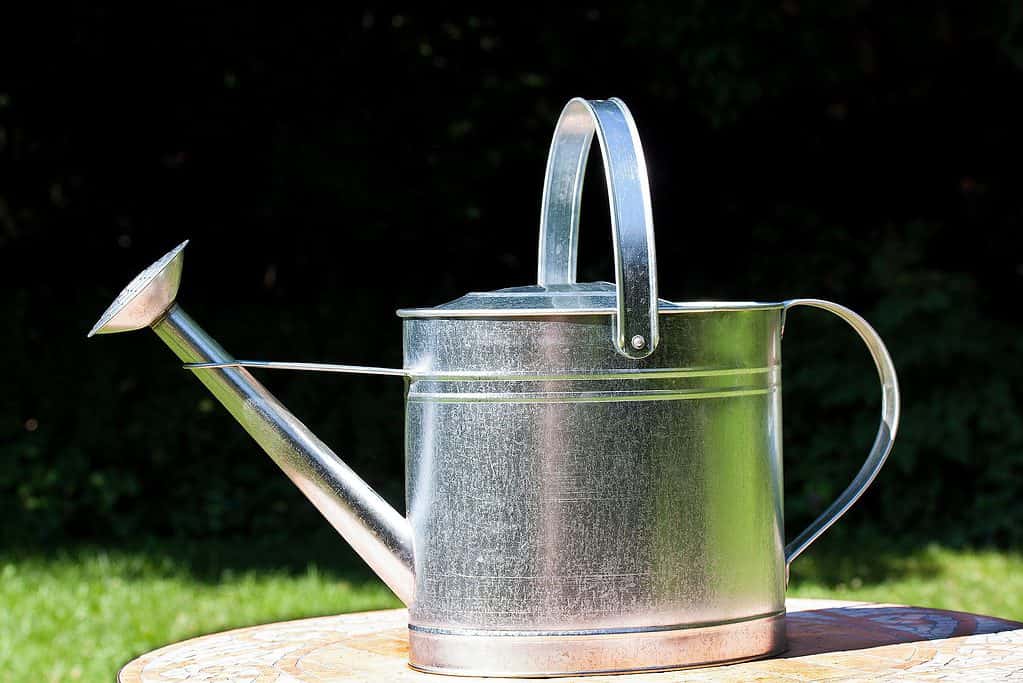
©
Mums (or chrysanthemums) are water-loving plants, but as the saying goes, too much of a good thing isn’t really a good thing at all.
The goal is to keep the soil moist for your mums to thrive. However, it’s equally important to have ample drainage to prevent root rot.
If you’ve been watering your mums regularly, they may be browning and dying due to root rot. Check to ensure there is ample drainage in the pot you’ve chosen. If not, clear away the dirt and check on the roots to determine if root rot has set in. Unfortunately, there’s no saving a plant with root rot.
2. Underwatering
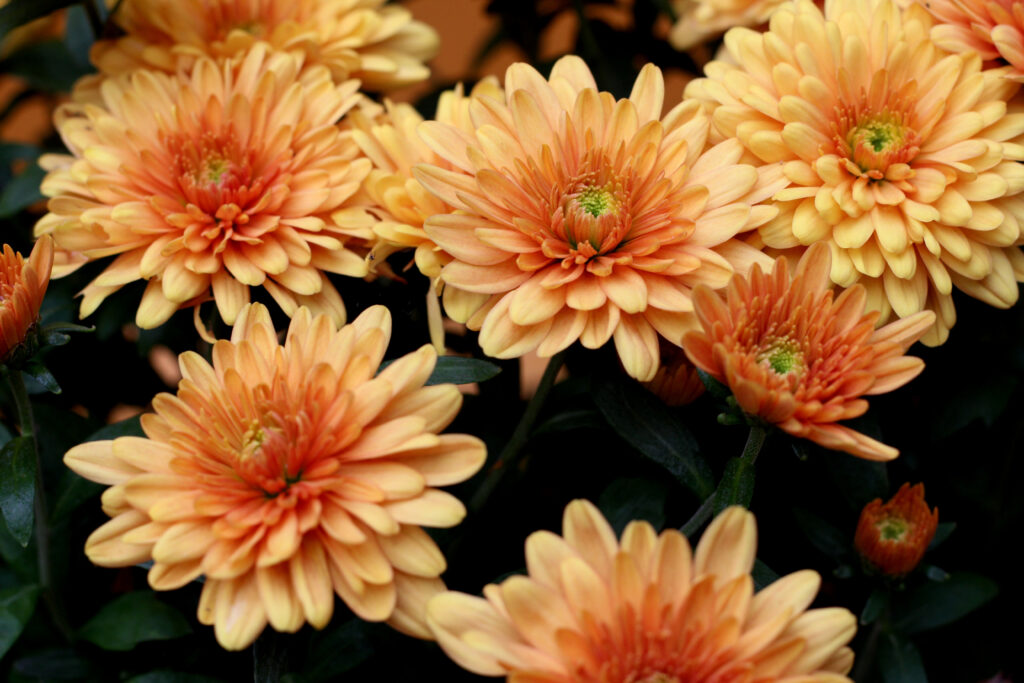
©Dorothy Adaha Kayina/Shutterstock.com
If you’ve been letting the soil get dry between waterings or forgetting to give your mums a drink, they may be turning brown due to underwatering.
Set a reminder to water your mums every few days. Stick your finger in the soil to your top knuckle. If it’s dry, water your mums.
3. Poor Humidity Levels
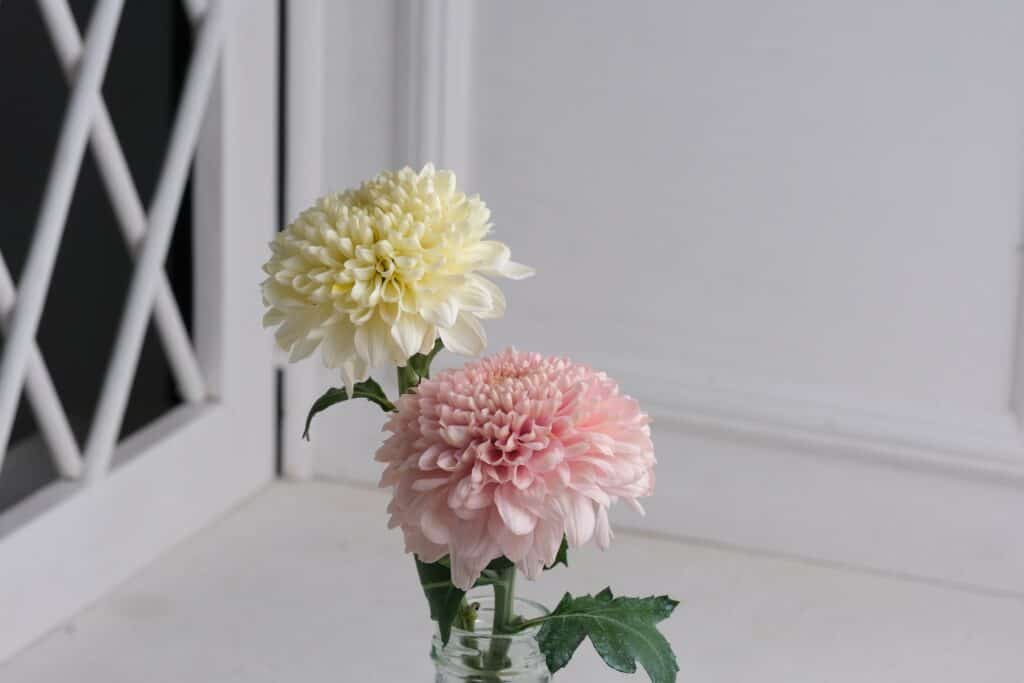
©Rezmita Anggriani/Shutterstock.com
Some plants will wilt and turn brown if they experience too much humidity. However, mums love humid air and thrive on higher humidity levels, ranging from 75-90°F (23-32° C).
If your mums are turning brown, it could be due to a lack of humidity. This issue is a common occurrence during the winter months, especially in homes with dry heat sources like wood stoves or heat pumps.
Place your mums on a pebble tray with water, or place a humidifier nearby. The occasional misting can also help correct or prevent this issue.
4. Insufficient Light
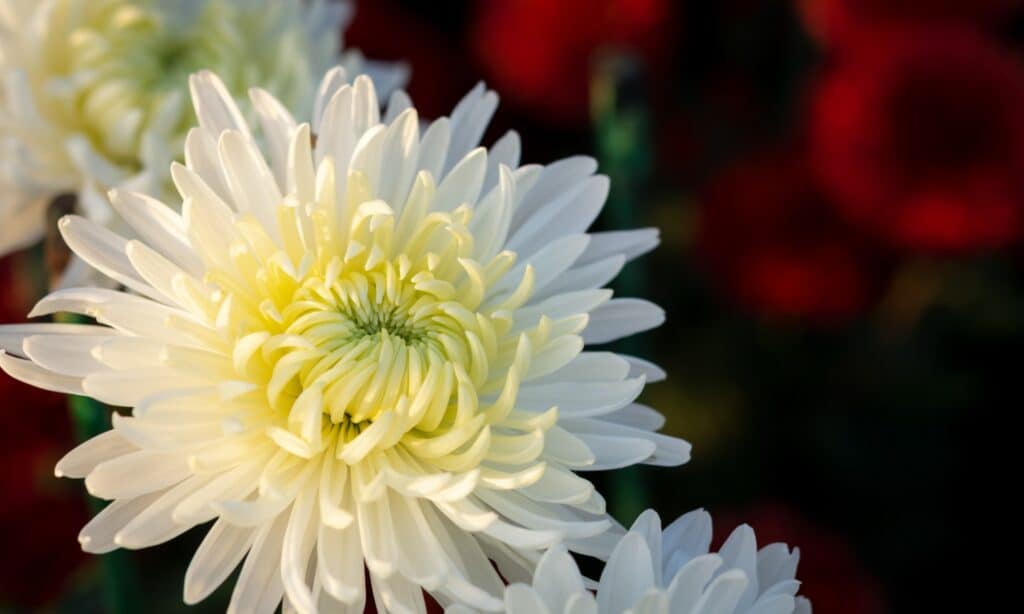
©iStock.com/Anna Pismenskova
Mums thrive in full sunlight, requiring 6-8 hours per day for optimal growth. If you have your mums are turning brown or dying, check their location.
Mums placed in a shady spot should be relocated somewhere sunny but protected from direct overhead sunlight during peak summer weather.
5. Scorching

©Leestudio/Shutterstock.com
While mums love the sun, they don’t like direct heat. If your mums come in early or experience peak daylight hours with direct sun exposure, they may become brown and scorched.
Here’s where things get tricky. If you have fall mums, you’ll likely be able to circumvent the peak summer sun exposure. You’ll have a lovely display that symbolizes the harvest season.
However, mums are perennials that typically come back only when planted earlier in the season. If you want your mums to bloom next year, find a spot that balances sun exposure with protection from direct, overhead sunlight.
6. Nutrient Deficiency
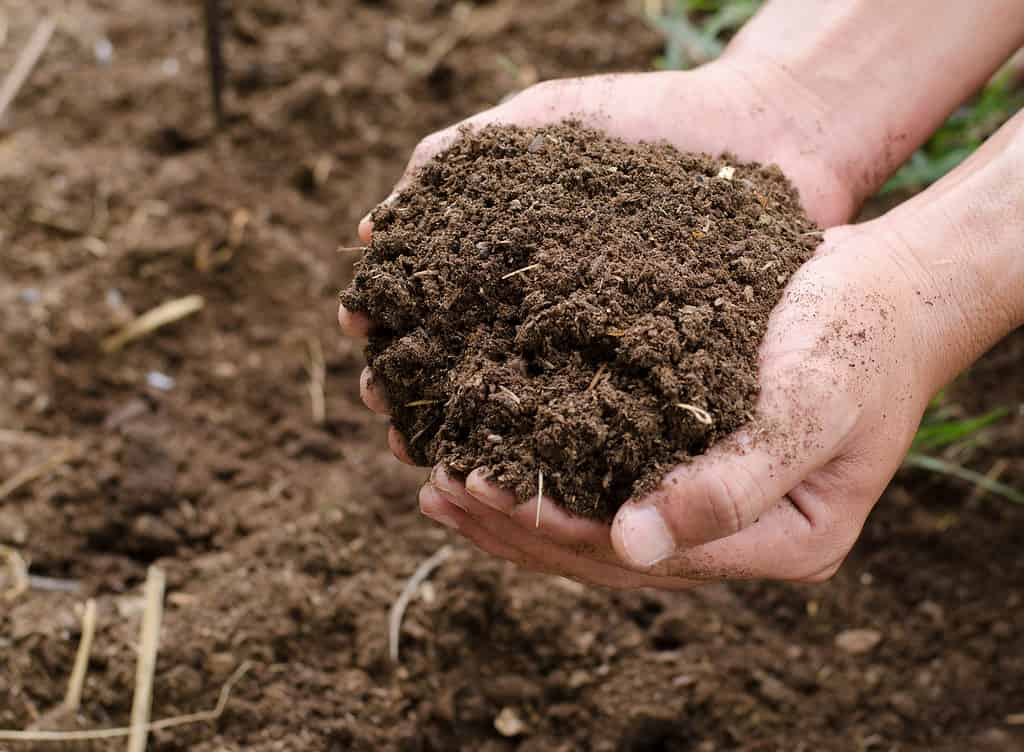
©Singkham/Shutterstock.com
If your mums are turning brown despite having ideal watering, humidity, and sunlight conditions, they could be experiencing a nutrient deficiency.
Consider repotting your mums in fresh soil and introducing organic matter or a balanced fertilizer to offset this issue.
7. Pests and Diseases
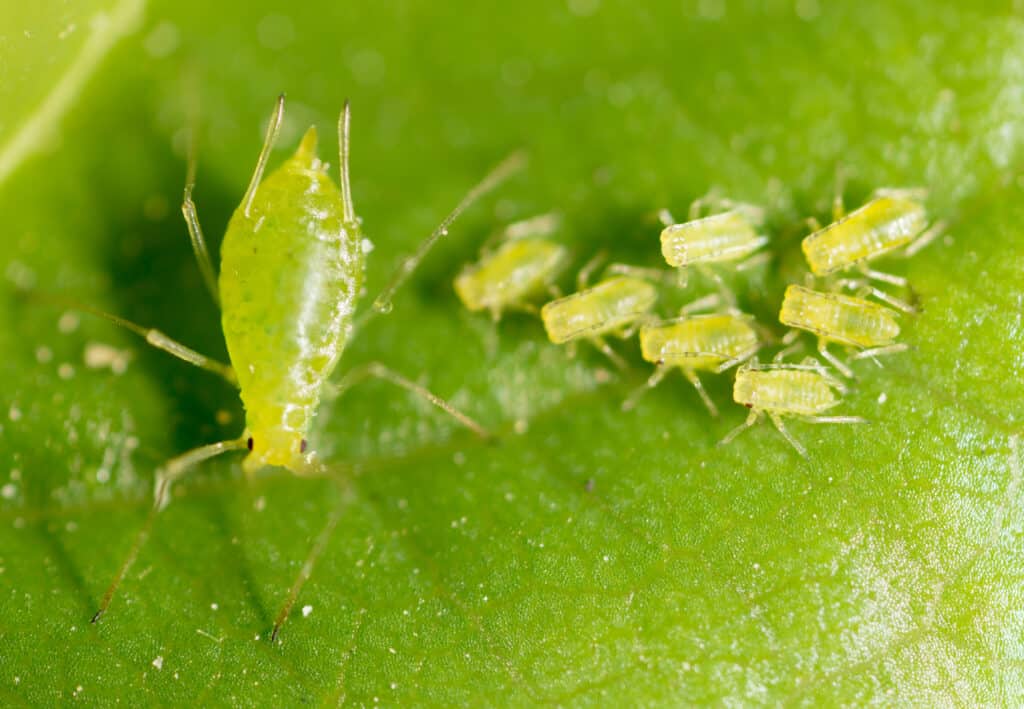
©schankz/Shutterstock.com
If you dig deeper into the nutrient deficiency issue, you may discover that the soil isn’t the only factor. Many pests and diseases rob mums of their nutrients, leading to browning and dying.
Some common pests and diseases that could impact your mums include:
- Aphids
- Nematodes
- Mealybugs
- Scale insects
- Fungal infections (wilt and rust are two common offenders)
Look for signs of these pests and diseases when examining your mums, and apply treatment as needed.
8. Cold Exposure
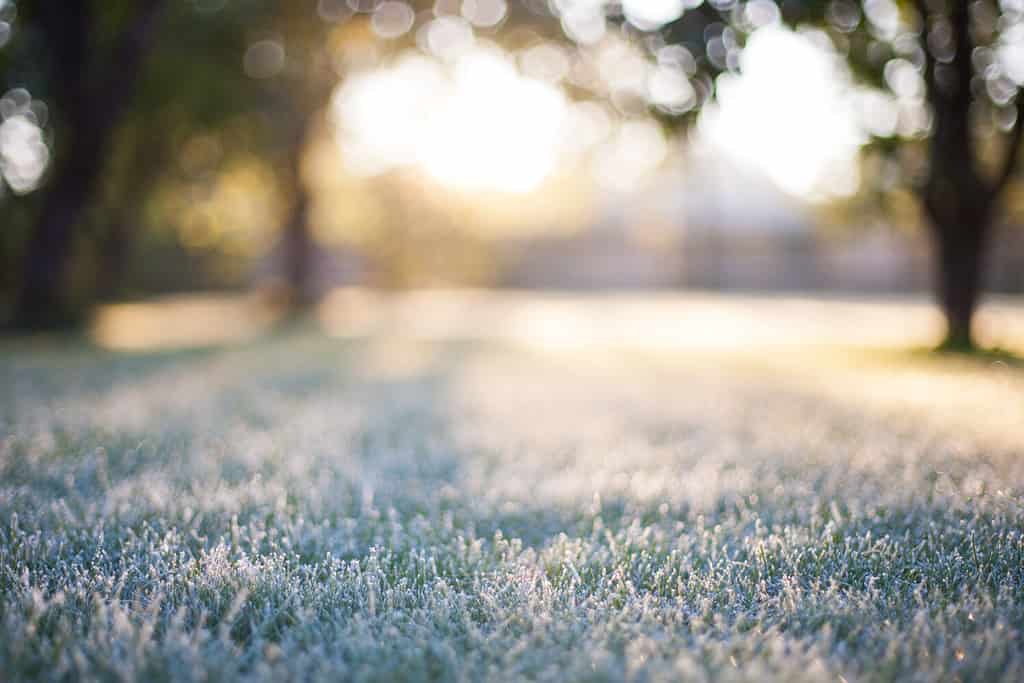
©Evoque Arte/Shutterstock.com
Another possible reason your mums are turning brown is exposure to cold. If they were left outside during a frost or were placed near a draft or vent, the cold could have shocked your plant.
Unfortunately, browning after cold exposure sometimes takes weeks to show. This issue could lead you to leave your mums in their drafty, cold spot for too long.
Be cautious when placing your mums, and remember to protect them from early frosts.
9. Chemical Exposure
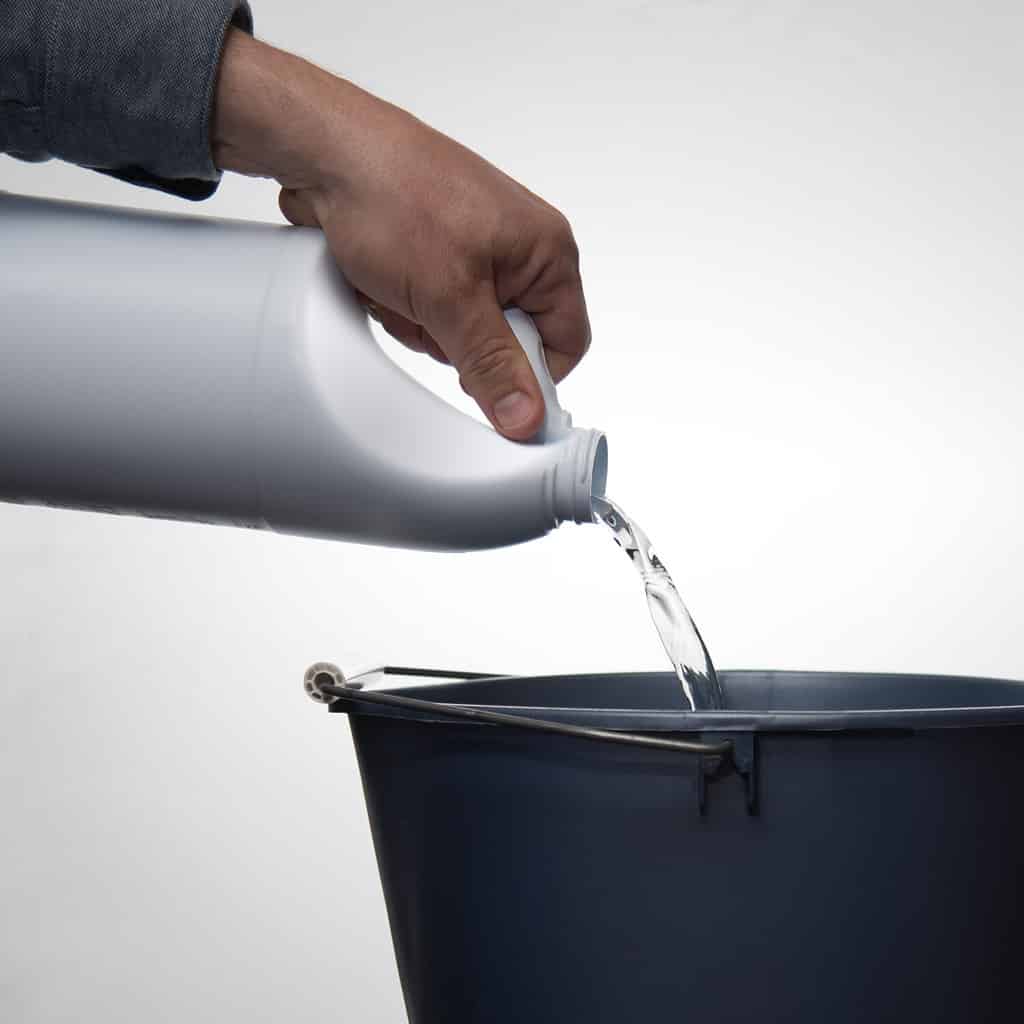
©Jim Gimpel/Shutterstock.com
Be cautious when cleaning your home around indoor potted mums. These beautiful blooms are sensitive to household cleaners. If you notice browning a few days after a cleaning spree, you may have accidentally misted or sprayed chemicals in their direction.
10. Natural Lifecycle
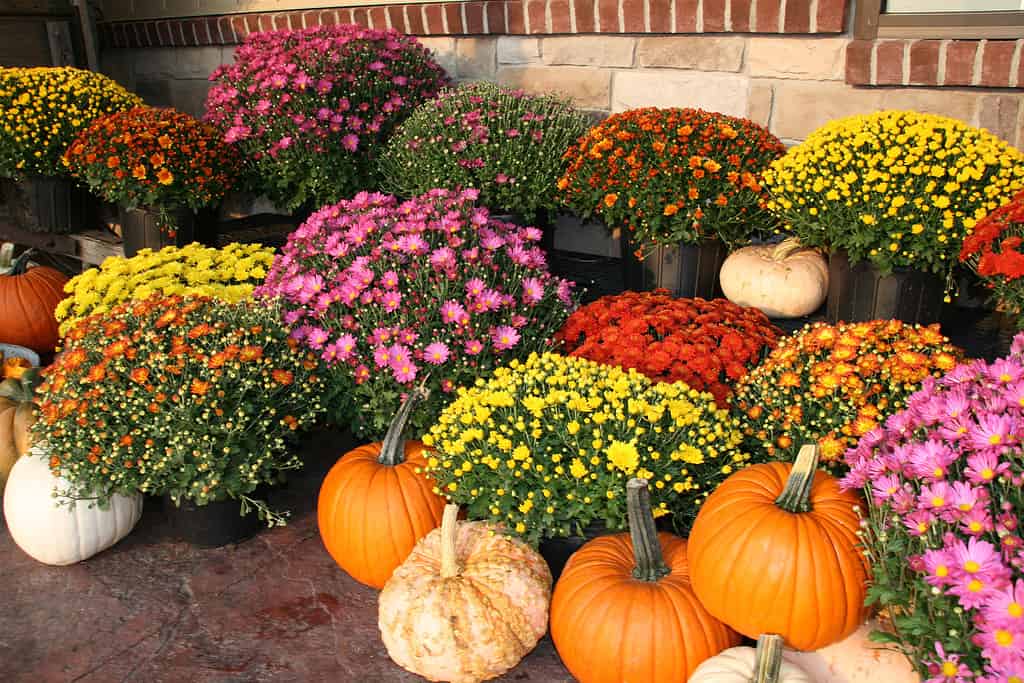
©SheilaYarger/ via Getty Images
Mums will naturally turn brown and die at the end of their blooming cycle, typically toward the end of fall and the beginning of the winter.
You can overwinter your mums and encourage next year’s growth by deadheading them, watering them, and storing them in a cool, dark area indoors. Water them regularly to keep the root system nourished.
With proper care, your mums will come back in the spring!
Reasons Mums Are Turning Brown and Dying: Summary
| Ranking | Reasons Mums Are Turning Brown and Dying |
|---|---|
| #1 | Overwatering |
| #2 | Underwatering |
| #3 | Poor Humidity Levels |
| #4 | Insufficient Light |
| #5 | Scorching |
| #6 | Nutrient Deficiency |
| #7 | Pests and Diseases |
| #8 | Cold Exposure |
| #9 | Chemical Exposure |
| #10 | Natural Lifecycle |









